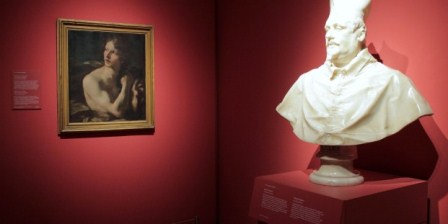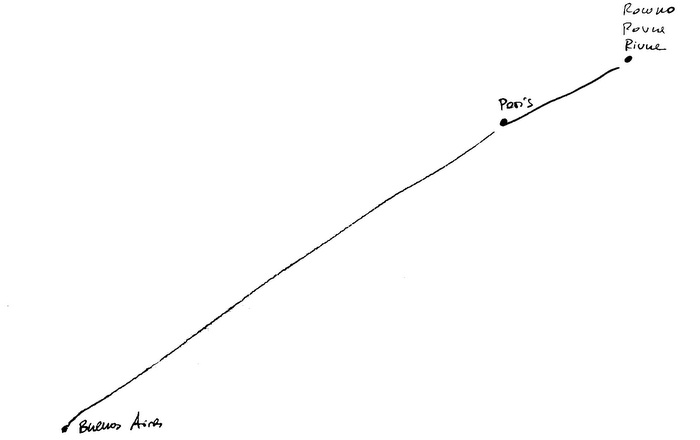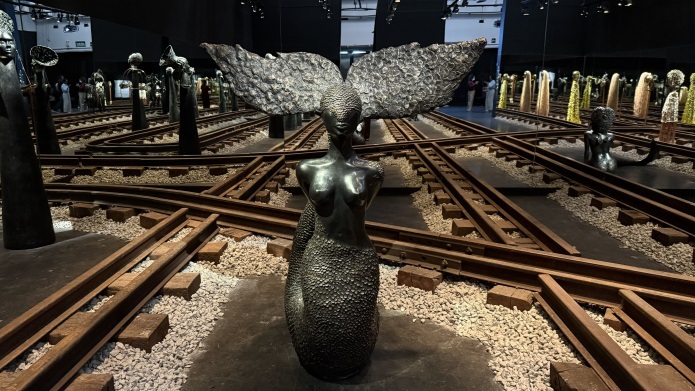Gian Lorenzo Bernini (Naples, 1598 Rome, 1680) was the greatest artist of the Baroque Rome. He developed facets of sculptor, architect, painter, party’s designer and religious and secular ceremonies, creator of fountains and other decorative repertoires.
Through 39 works, this exhibition places special emphasis on his relationship with Spanish personalities and especially the Monarchy and their representatives. The complex diplomatic and political relations of Rome with Spain were reflected in the orders to Bernini from both Spanish patrons in Rome (with such key figures as the Duke of the Infantry, the Cardinal of Aragon Pascual and the Marquis del Carpio) and the own Crown. Both Philip IV and Charles II financed works in some of the most symbolic basilicas, from San Pietro Santa Maria Maggiore, but also made him orders to El Escorial and the Royal Palace of Madrid.
Multifaceted artist
”Las Animas de Bernini” comprises 23 works by the Italian artist, in which sculptures, paintings and prints and drawings are included, along with 16 other artists like Codazzi or Velázquez from different institutions and private collectors, both national and international. The exhibit, curated by Delfin Rodriguez, Professor of Art History at the Madrid University and an expert on the artist's work, is structured in three sections that illustrate the evolution of this multifaceted artist.
In the first one, Retratos del alma (Pictures of the soul), two sculptures stand Anima Beata, contemplation of glory beauty, and Anima Dannata, a unique self-portrait in which the horror of the infernal is expressed, commissioned by the young artist Pedro Foix Montoya (deceased in 1630) and now preserved in the Palace of Spain, seat of the Embassy of Spain to the Holy See in Rome.
The second section is titled Roma teatro de las naciones (Rome theater of nations). From Urban VIII to Alexander VII in the period of Philip IV, a period in which Bernini would perform some of his works and most important projects, including religious works of Spanish argument as significant as the Ecstasy of St. Teresa. And finally, Arte, religión y diplomacia (Art, religion, and diplomacy). The last Bernini, which reviews the last years of the artist's work, which was especially significant both in relation to his own biography as an artist, and his contacts with Spain and its ambassadors in Rome.
Source: hoyesarte.com















